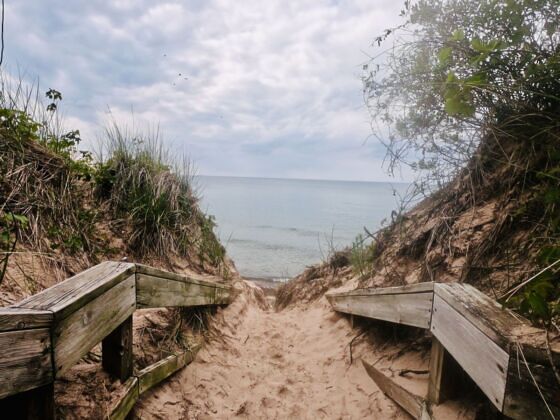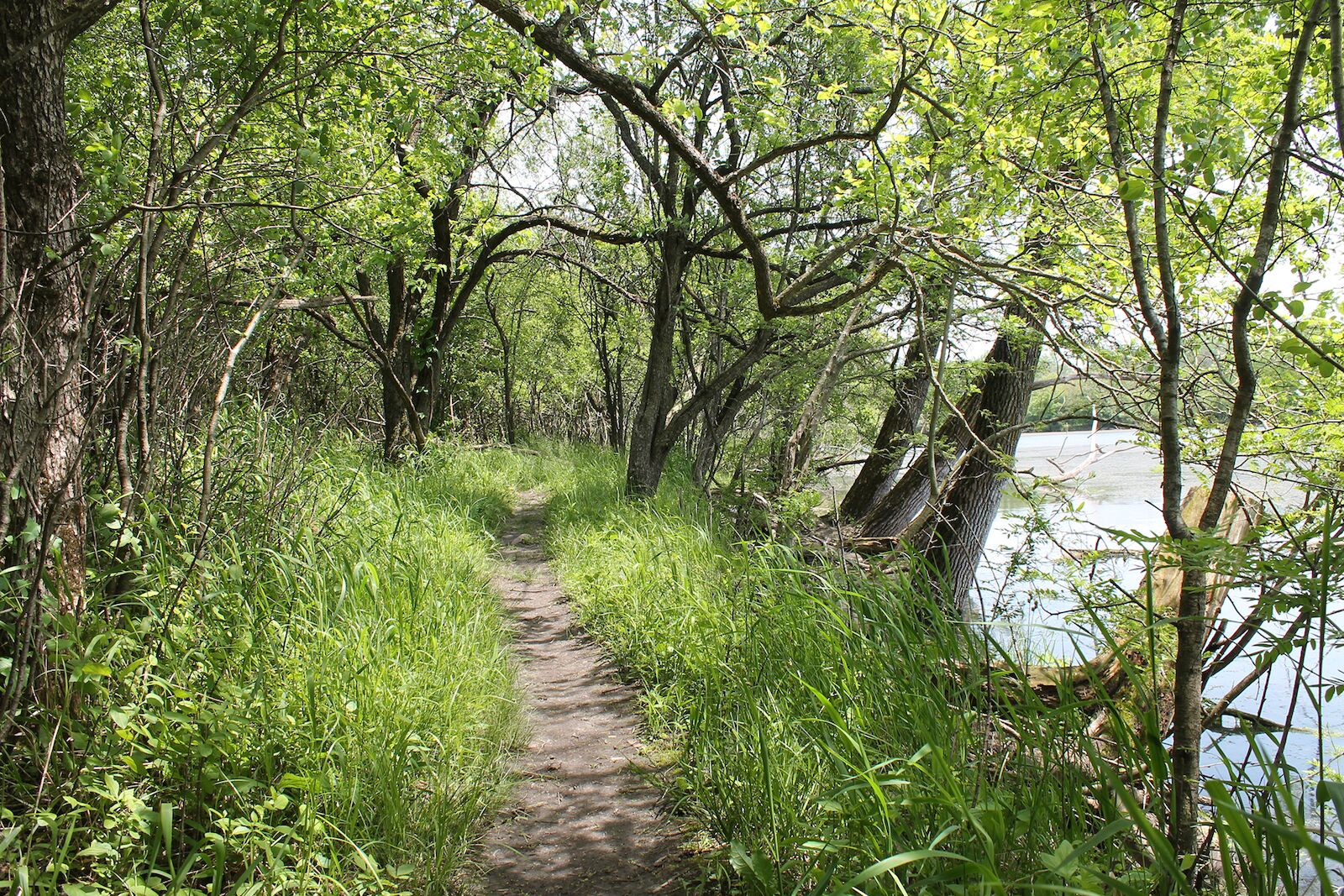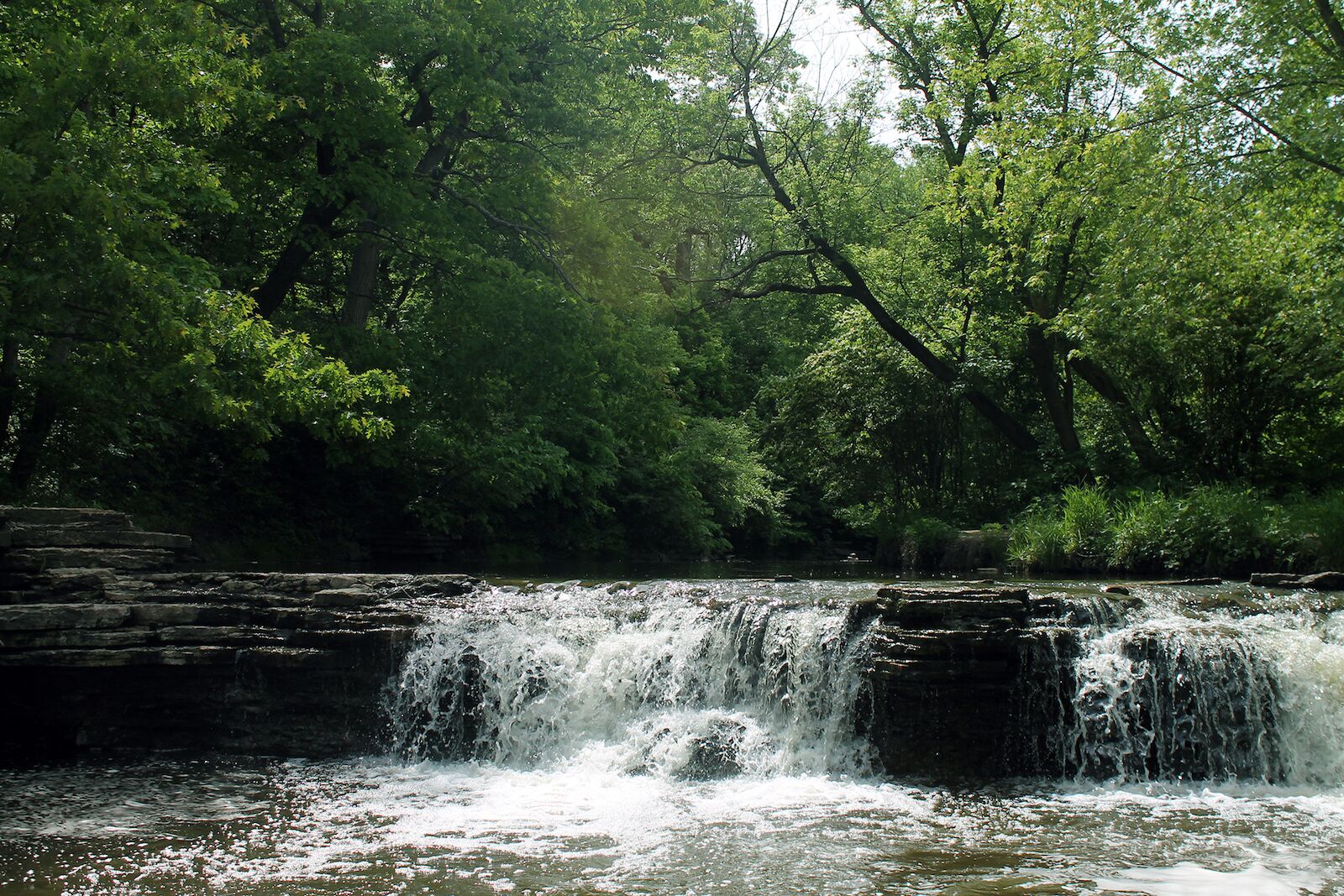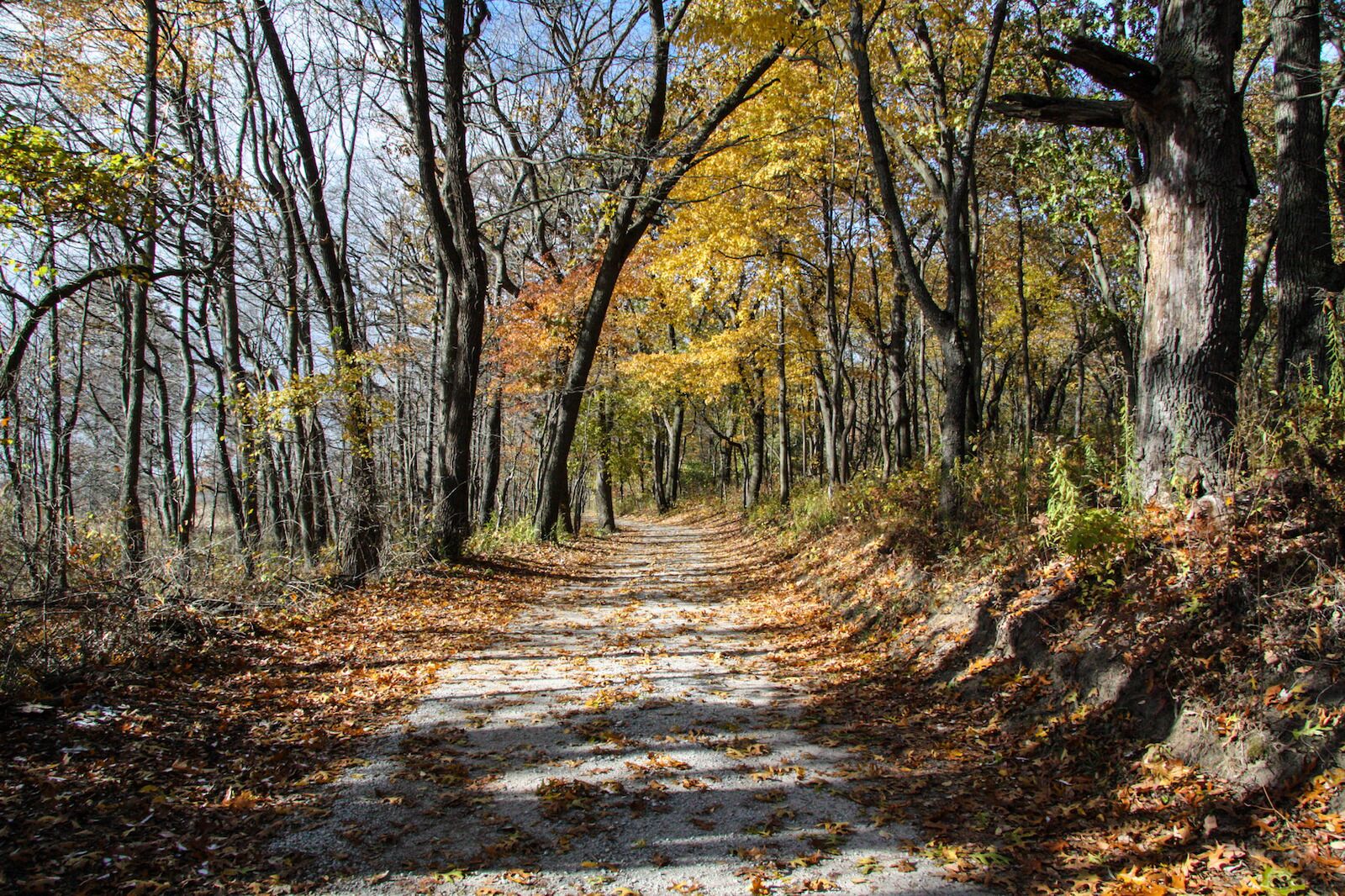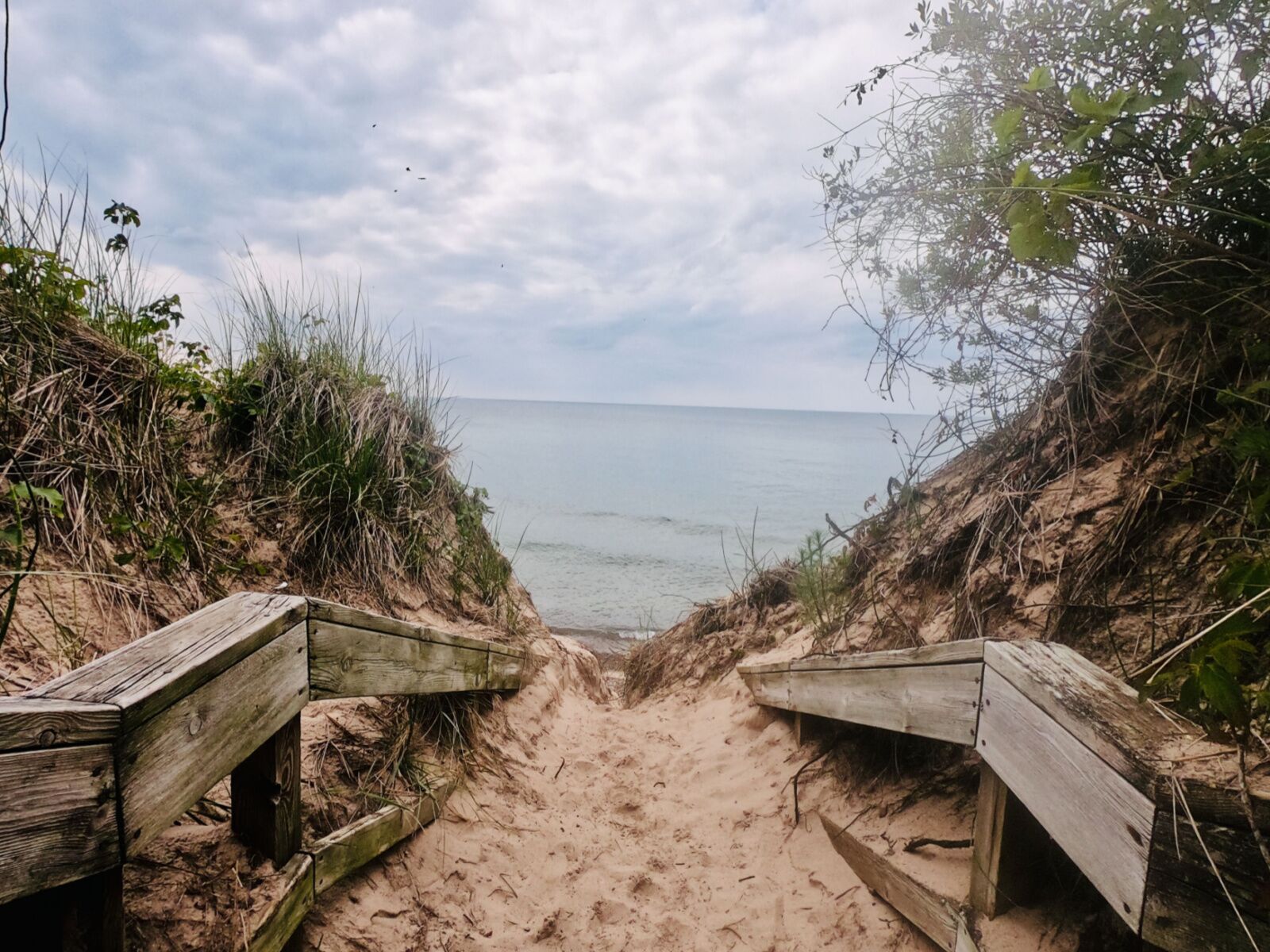When people think of Chicago, skyscrapers, Lake Michigan, comedy clubs and music venues, shopping, and museums usually come to mind. And honestly, most people don’t come to Chicago for nature, but the Midwestern metropolis has a surprising amount of unique, protected natural spaces.
Sure, Chicago doesn’t have any 14ers with scree-filled summits to conquer, but the Windy City makes up for it with rolling hills, wetlands, dense forests, rivers, and, of course, stunning views of Lake Michigan. Plus, thanks to Chicago’s distinct seasons, the same hike can offer a completely different experience if you hike it in summer or winter.
